Music theory you can use: How to create a chord progression from any melody
12 easy steps to harmonising in your DAW
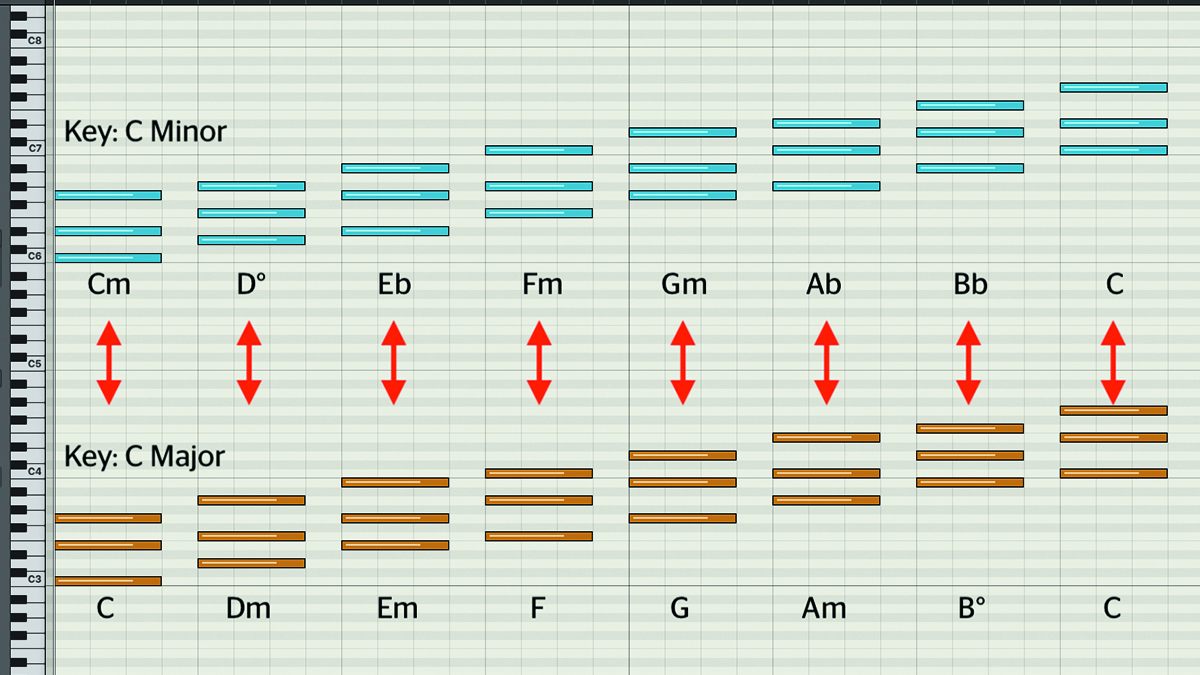
- 1. First, find out the key
- 2. Note detective work
- 3. Scaling
- 4. Or just use your ears…
- 5. Building triads
- 6. Numbering the chords
- 7. Naming the chords
- 8. Take your pattern and rebuild it in different keys
- 9. Find a good progression
- 10. Try some variations
- 11. Tweaking the song
- 12. Getting a bassline from your root note
- Pro Tips
Which comes first: chords or meloody? That's the chicken and egg question facing any music maker staring at a blank DAW screen, and there's no right answer as to which you need to nail first.
And while it IS possible to lean on old chord progression favourites (and there are countless 'MIDI packs' that will sell you chords that are proven to work together) remember that they work so perfectly together because they've been used a thousand times before…
The fact is, if you pick up a tried and tested chord sequence or 'always follow a G with an Am then an F' then you're well on your way to making a track that, no matter how you embellish it with production trickery elsewhere, will always sound like another.
Far better therefore to try something new and unexpected, and while you can do this through simple trial and error – if it sounds good, great, if not, keep trying… – there are a few basic rules and techniques you can employ which make making original music that's genuinely all your own, that bit easier.
Because, without needing to understand why it works, if you've any kind of musical ear (and mind) you can actually hear when something is right.
It's all thanks to our innate understanding of frequencies and what works together.
And the first step in your journey to creating a pleasing, rounded out, resolved chord sequence is to understand the principle of music being in a specific 'key'.
Want all the hottest music and gear news, reviews, deals, features and more, direct to your inbox? Sign up here.
The key is important because knowing the key of your melody tells you which chords will work and which won't.
Let's get started.
1. First, find out the key
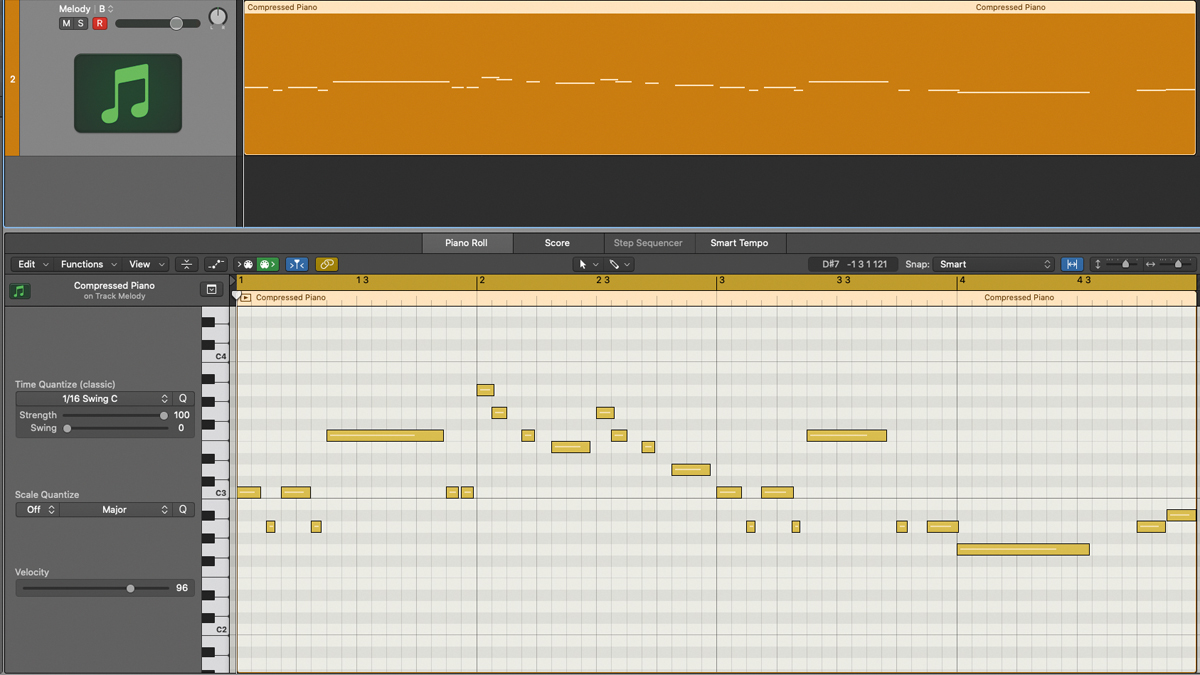
Step 1: Let’s start by assuming you have a melody in your head that you’ve successfully transcribed into your DAW’s piano roll.
If you're new to music making you'll find it far easier to come up with a melody that sounds believable than whole new chord progression, so it's a good place to start.
You might simply imagine one. Sing it out loud. And play it in.
Or you could draw in a melody that looks about right, then edit it for pitch and length, moving notes around, perhaps looping as it plays, until you end up with something that you like.
At this point there are no rules. If it sounds good, use it.
Here’s an example that we’ve come up.
Now, in our quest to find chords that work with it, we need find out the key that our melody is in.
Let’s start by examining the notes in the melody.
2. Note detective work
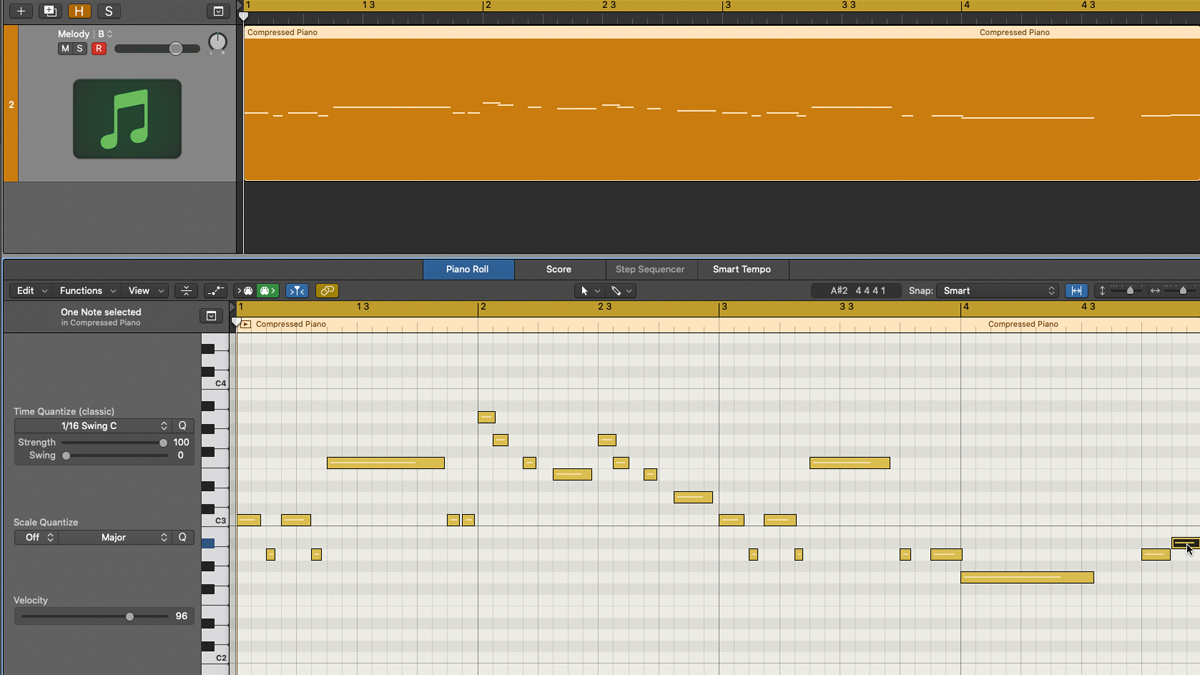
Step 2: If we select each melody note in the piano roll editor from the lowest note upwards, our DAW tells us in the vertical keyboard display which notes we’re selecting.
In this case, the notes in the melody all seem to be white notes, except for the third note from the bottom, the very last note, which is a Bb.
3. Scaling
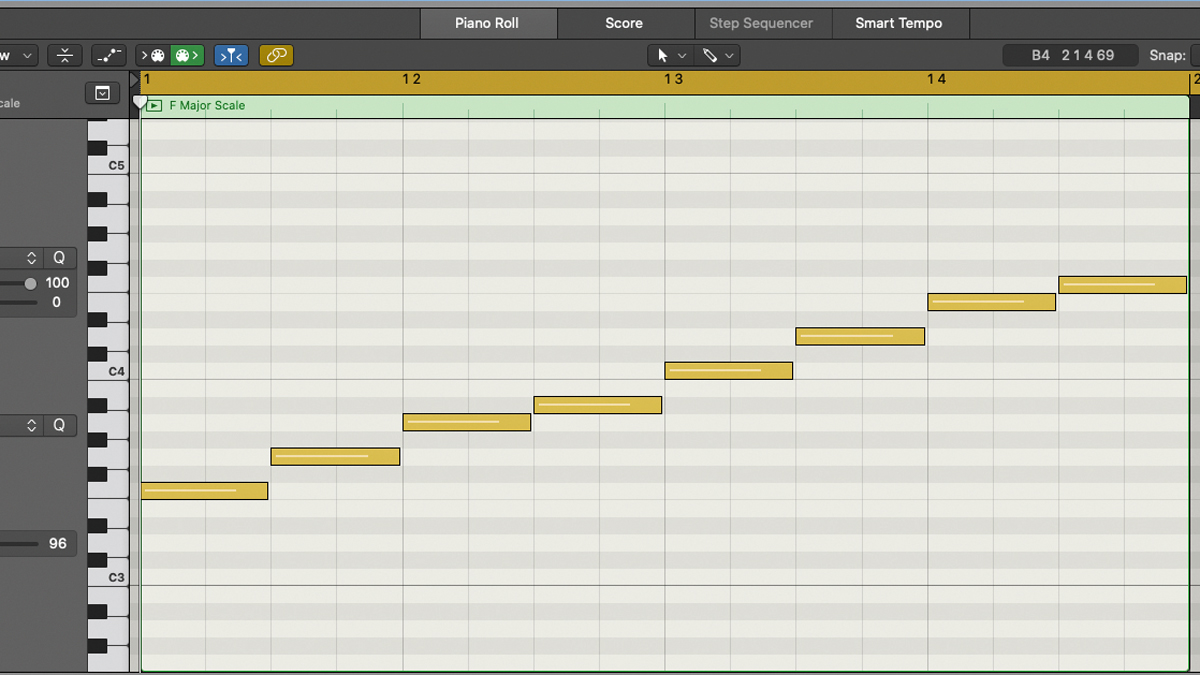
Step 3: So now you know the names of the notes you've used in the melody, what key are they in?
You can find countless lists and charts for such things online. Here's a super simple list of what notes are in what key. Which key ('C Major' etc) contains the notes in your melody?
C Major / C D E F G A B
G Major / G A B C D E F#
D Major / D E F# G A B C#
A Major / A B C# D E F# G#
E Major / E F# G# A B C# D#
B Major / B C# D# E F# G# A#
F# Major / F# G# A# B C# D# E#
Gb Major / Gb Ab Bb Cb Db Eb F
Db Major / Db Eb F Gb Ab Bb C
Ab Major / Ab Bb C Db Eb F G
Eb Major / Eb F G Ab Bb C D
Bb Major / Bb C D Eb F GA
F Major / F G A Bb C D E
In our melody, since Bb is the only sharp or flat note used, it’s safe to assume the melody might be in the key of F major, as F major is a scale that contains a single flat - Bb.
All other notes used in our melody also occur in the F major scale, the seven notes F, G, A, Bb, C, D and E (the eighth note is a repeat of the F root note, an octave higher). Bingo.
4. Or just use your ears…
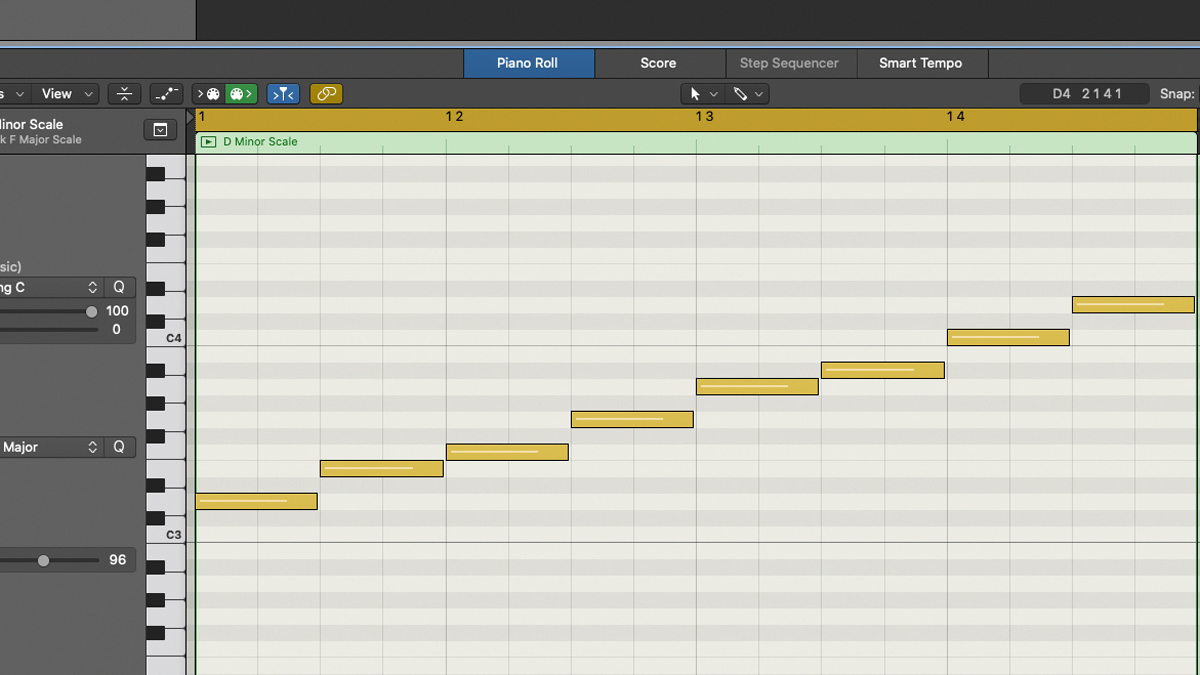
Step 4: Totally non-musical? No problem. There's a much more intuitive way to locate that key too.
Broadly speaking key is the single 'key' on a keyboard that 'fits' with all the notes that are in our melody.
Given that there are only 12 notes in existence (which repeat in octaves) it's one of those 12…
Play your melody and try different note until you find the one that sounds 'right'. i.e. The one that doesn't 'clash' or sounds wrong as it backs your melody.
Don't be afraid to just trial and error it! Try a few notes. You'll most likely quickly find which note words best.
And note that you can rule out the likelihood of our melody being in a minor key here simply because of the melody’s upbeat, cheerful tone, which definitely suggests a major rather than minor quality.
5. Building triads
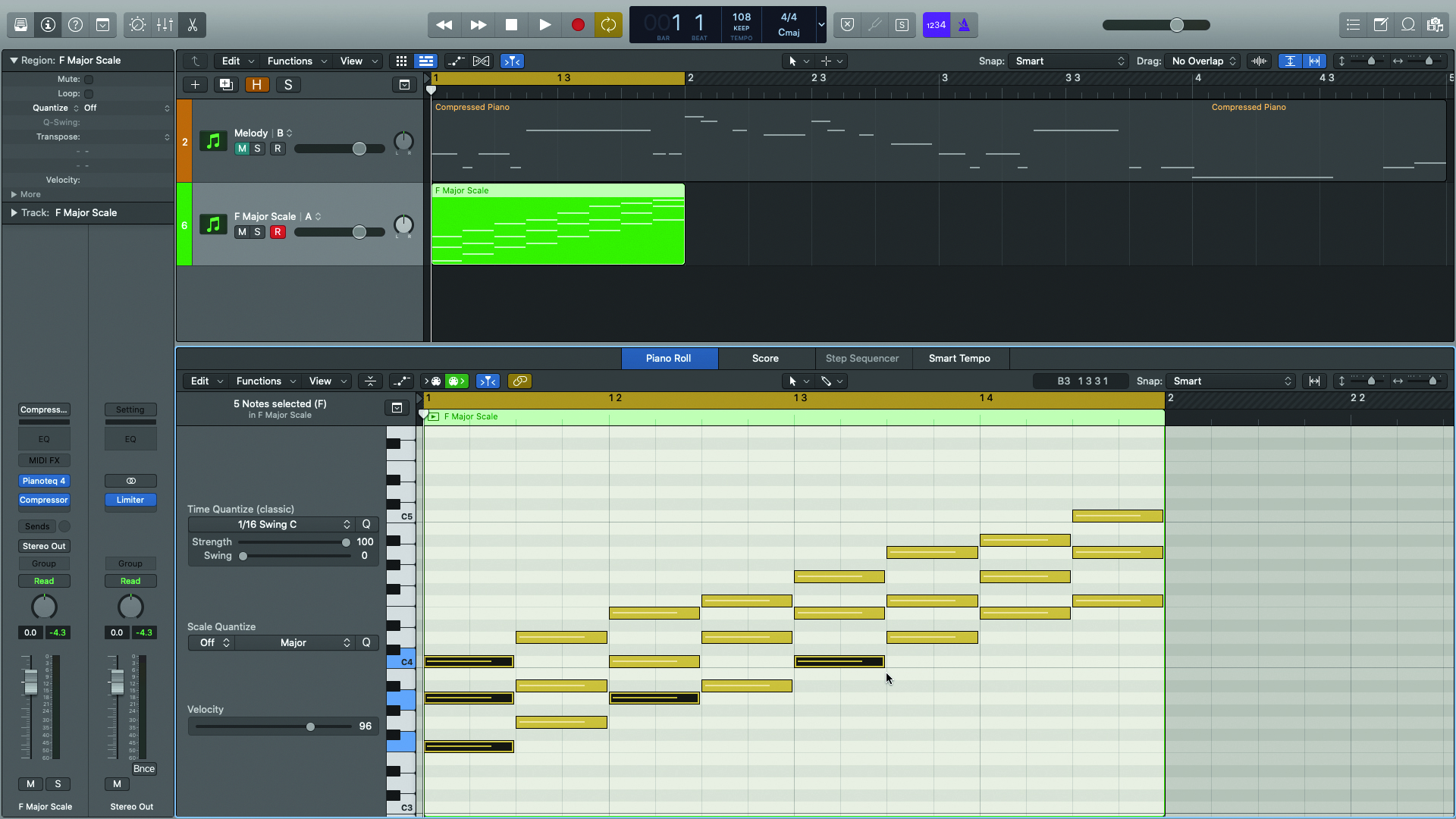
Step 5: Got your key? That's the hard bit. Now we can start building chords in that key that are guaranteed to fit with your melody.
The parent scale of a key is the one that shares its name. So if we suspect the song’s key is F major, then the parent scale will be the F major scale.
We need to build what's called 'diatonic chords' in that scale.
Diatonic means that the chords are made up of notes in that scale – apart from one or two 'interesting' ones that will sound all the more ear-catching because of that.
This is done by going through the notes in the scale and stacking up every other note to make three-note chords or ‘triads’.
Watch the video at the top of this page from 4:04 to see how you can easily do this in your DAW.
6. Numbering the chords

Step 6: Now that we have the diatonic chords, it's a good idea to label them one to eight, which, in music, is usually done using Roman numerals.
Simply number them 1 to 8 left to right, ascending in pitch across the scale as per the pic above.
We use uppercase numerals to denote major chords, and lowercase for minor and diminished chords (there’s always one diminished chord - the vii chord - in a harmonised major scale).
7. Naming the chords
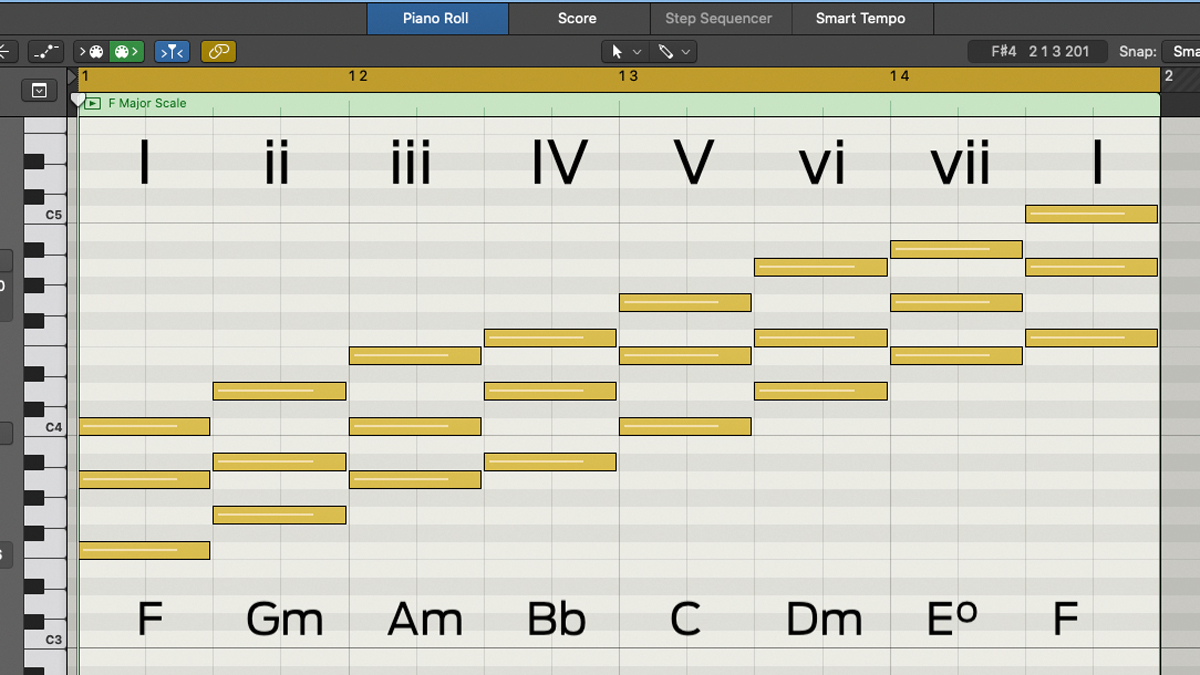
Step 7: So why go with numbers (in Roman numerals) at all?
Well, by using numbers you'll find that those chords and easily translate to every conceivable key. Once you know what the 'I' chord is – it’ll have the tonic of the parent scale as its root note – you can then work out the relative positions of all the other chords that are diatonic to that key.
Just count up the same number of notes for each note in the triad. If the next chord in the sequence has a note four notes up, move that 'I' triad's note four notes up.
And so on, to create the full eight chords in a different key.
8. Take your pattern and rebuild it in different keys
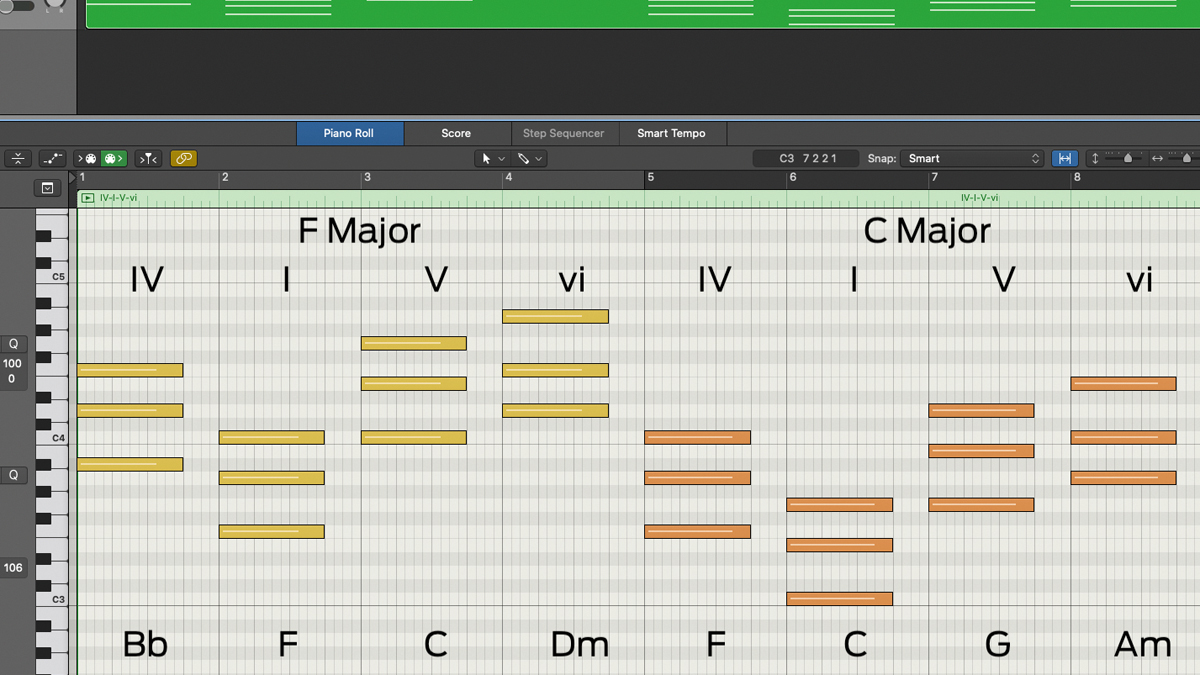
Step 8: So for example, a IV-I-V-vi progression in F major works out as Bb-F-C-Dm, because the IV chord in the key of F major is Bb major, the I chord is F major, the V chord is C major and the vi chord is Dm.
Take a moment to read that again, until you get it.
Then in the key of C major for example, that same progression would go F-C-G-Am as the IV chord in the key of C major is F major, the I chord is C major, and so on.
i.e. Once you hit on shapes and number sequences that 'work' you can use those same patterns on different keys to produce different patterns that are also guaranteed to sound good.
9. Find a good progression

Step 9: So now that we have the diatonic chords all identified and labelled up, we can try to find a progression that might fit our melody notes. The most commonly-used chords in any key are the primary chords, namely the I, IV and V chords, so how about starting with a classic I-IV-IV-V progression?
This would work out as F-Bb-Bb-C in this key.
10. Try some variations
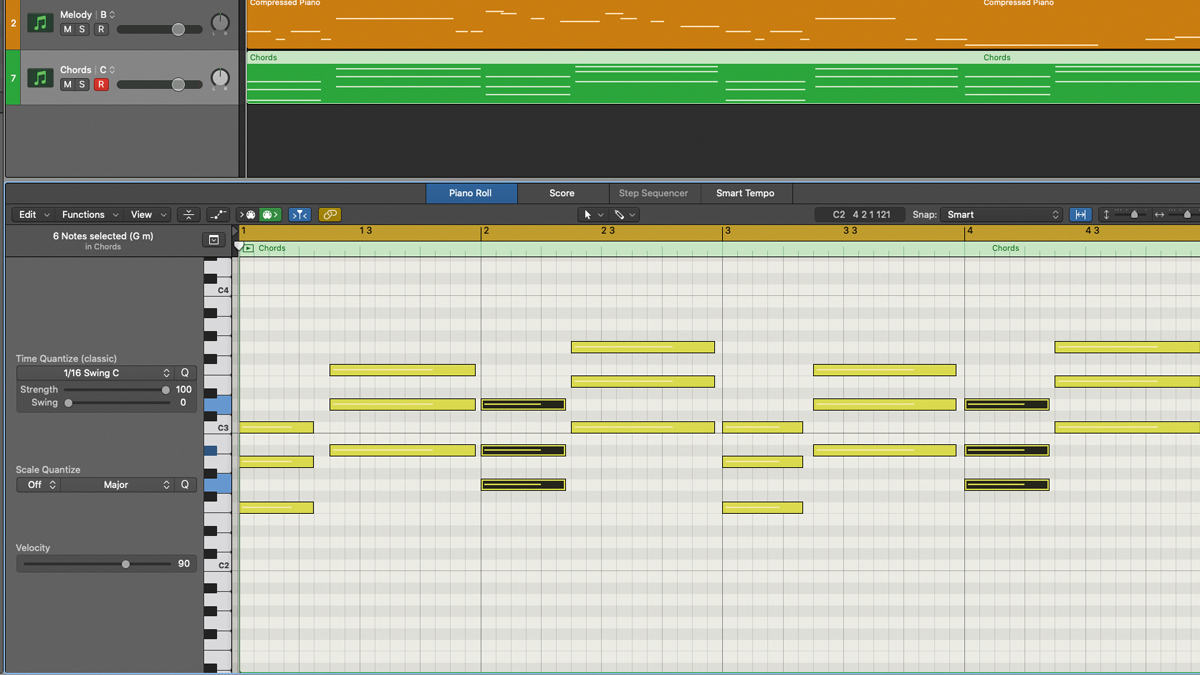
Step 10: That works OK, the top notes in the chords match up nicely to the melody notes, so we’re on track. We could vary things a little though by slipping in a subtle ii chord - a Gm chord - as the third chord in the progression to balance things out and give us a nice, rounded four-chord I-IV-ii-V progression.
Have your chord 'ammo' off to one side in your note edit screen and then simply drag and drop the chords to copy them and try variations.
Have a practice picking up and moving around chords… Then have fun trying different options while your pattern loops around.
If it sounds good, use it!
11. Tweaking the song
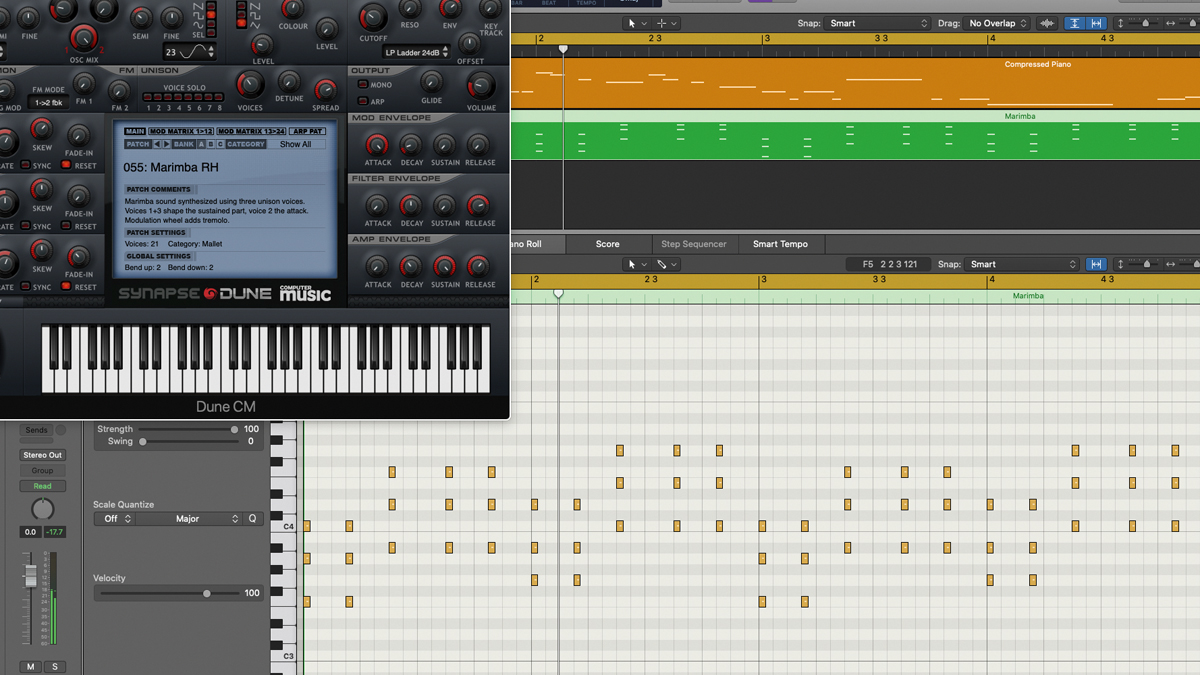
Step 11: Once we’ve got a progression that works, we’ve essentially got the chords to this part of our song, and the hard work is done.
With the notes in place and sounding good you're free to alter the rhythm and change the sound to create a complementary part to the melody and keep building your track.
We’ve stuck with I-IV-ii-V and used a choppy, rhythmic synth part courtesy of Dune CM’s 055 Marimba RH preset.
12. Getting a bassline from your root note
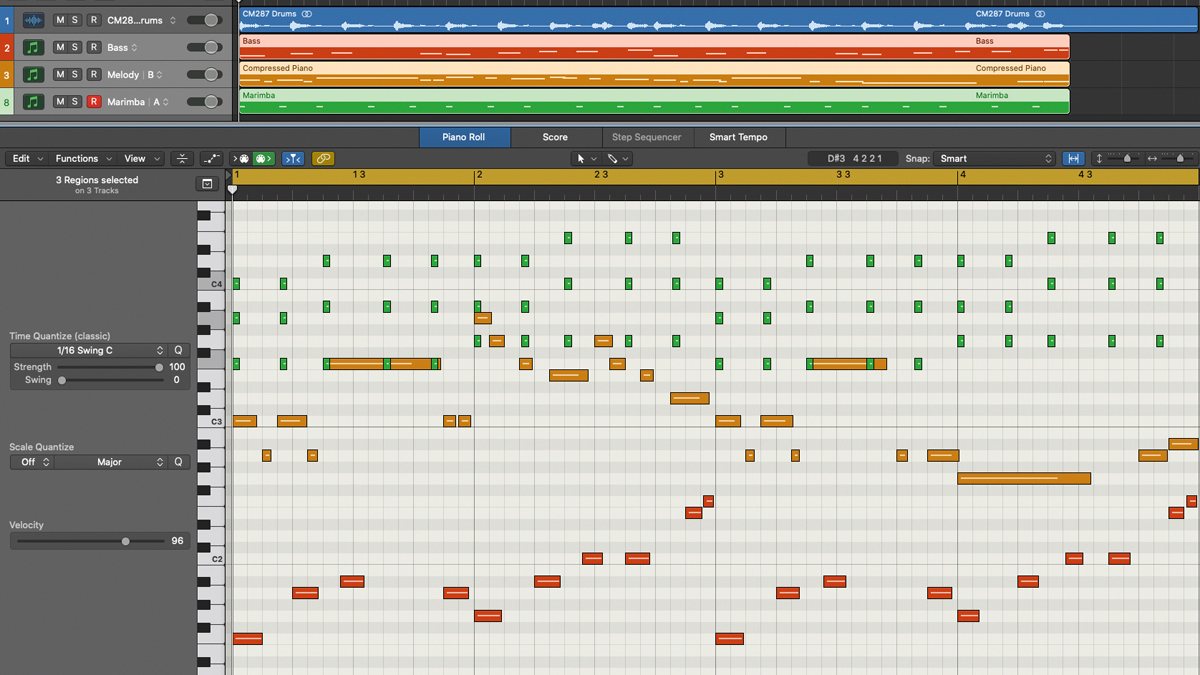
Step 12: If you're still not happy with your chords one thing you can do to 'smooth out' the chord changes, is to try inverted versions, which feature the same notes but move notes at the top or bottom to a different octave.
Here we’ve used inverted versions of the chords, with the notes stacked in different order from bottom to top. Same notes, same chords… It just sounds… better, with a less jumpy flow.
To finish things off, we’ve added drums and a bass part based on the root notes of the chords but which also uses chord tones from that same parent F major scale.
Pro Tips
The magic circle

If you’re not sure of how many sharps or flats each key has, you can use what's known as 'the circle of fifths' to help you find the key of your song.
This useful diagram has been around for hundreds of years and is a another quick way to find your song's key.
Just count the number of sharp or flat notes your melody has and compare this with the inner ring of the circle - each key has a set number of sharps or flats in it, and this is displayed on the circle.
Though not a 100% accurate way of finding the key – there are always a couple of options as to what the key might be, a major (outermost ring) and a minor (the next ring in) – this method will definitely point you in the right direction in most cases.
Relatively minor
This technique is also a great way to approach remixing a song. If you find the original key that the melody is in, you can switch the key to its relative major or minor key to find chords that will completely alter the vibe of the song.
For example, looking at the circle of fifths, the relative minor to C major is A minor, so if you use chords from the key of A minor beneath the existing C major tune's melody, you hold the power to change a happy tune to a darker, more moody one.
Give it a try!
Computer Music magazine is the world’s best selling publication dedicated solely to making great music with your Mac or PC computer. Each issue it brings its lucky readers the best in cutting-edge tutorials, need-to-know, expert software reviews and even all the tools you actually need to make great music today, courtesy of our legendary CM Plugin Suite.
You must confirm your public display name before commenting
Please logout and then login again, you will then be prompted to enter your display name.
